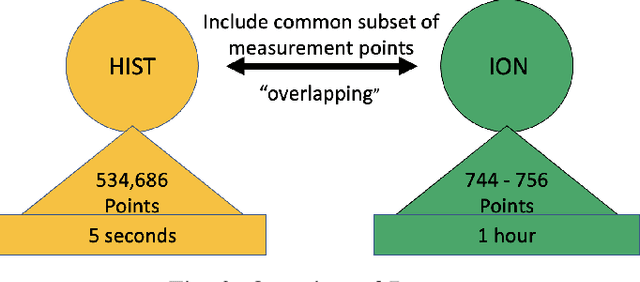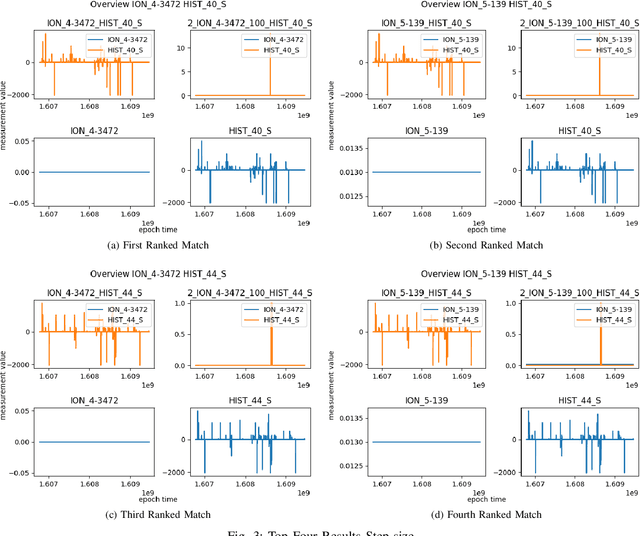Nigel Lawrence
Electrical Grid Anomaly Detection via Tensor Decomposition
Oct 12, 2023Abstract:Supervisory Control and Data Acquisition (SCADA) systems often serve as the nervous system for substations within power grids. These systems facilitate real-time monitoring, data acquisition, control of equipment, and ensure smooth and efficient operation of the substation and its connected devices. Previous work has shown that dimensionality reduction-based approaches, such as Principal Component Analysis (PCA), can be used for accurate identification of anomalies in SCADA systems. While not specifically applied to SCADA, non-negative matrix factorization (NMF) has shown strong results at detecting anomalies in wireless sensor networks. These unsupervised approaches model the normal or expected behavior and detect the unseen types of attacks or anomalies by identifying the events that deviate from the expected behavior. These approaches; however, do not model the complex and multi-dimensional interactions that are naturally present in SCADA systems. Differently, non-negative tensor decomposition is a powerful unsupervised machine learning (ML) method that can model the complex and multi-faceted activity details of SCADA events. In this work, we novelly apply the tensor decomposition method Canonical Polyadic Alternating Poisson Regression (CP-APR) with a probabilistic framework, which has previously shown state-of-the-art anomaly detection results on cyber network data, to identify anomalies in SCADA systems. We showcase that the use of statistical behavior analysis of SCADA communication with tensor decomposition improves the specificity and accuracy of identifying anomalies in electrical grid systems. In our experiments, we model real-world SCADA system data collected from the electrical grid operated by Los Alamos National Laboratory (LANL) which provides transmission and distribution service through a partnership with Los Alamos County, and detect synthetically generated anomalies.
Detecting Anomalies using Overlapping Electrical Measurements in Smart Power Grids
Jan 06, 2022



Abstract:As cyber-attacks against critical infrastructure become more frequent, it is increasingly important to be able to rapidly identify and respond to these threats. This work investigates two independent systems with overlapping electrical measurements with the goal to more rapidly identify anomalies. The independent systems include HIST, a SCADA historian, and ION, an automatic meter reading system (AMR). While prior research has explored the benefits of fusing measurements, the possibility of overlapping measurements from an existing electrical system has not been investigated. To that end, we explore the potential benefits of combining overlapping measurements both to improve the speed/accuracy of anomaly detection and to provide additional validation of the collected measurements. In this paper, we show that merging overlapping measurements provide a more holistic picture of the observed systems. By applying Dynamic Time Warping more anomalies were found -- specifically, an average of 349 times more anomalies, when considering anomalies from both overlapping measurements. When merging the overlapping measurements, a percent change of anomalies of up to 785\% can be achieved compared to a non-merge of the data as reflected by experimental results.
 Add to Chrome
Add to Chrome Add to Firefox
Add to Firefox Add to Edge
Add to Edge